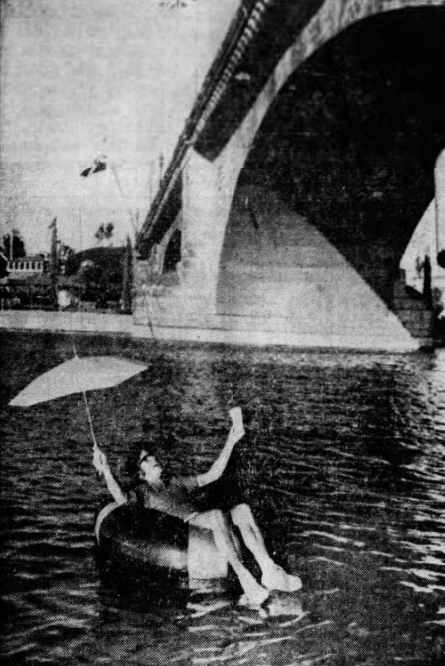Three weeks after the Battle of the Sexes at the Astrodome, newspaper readers could have been forgiven for thinking that a rematch was right around the corner. Even though Billie Jean King had said no to a sequel, coverage of the protagonists had continued unabated.
October 9th found both King and Bobby Riggs in the news. Billie Jean was in Oakland, throwing out the ceremonial first pitch of a baseball playoff game between the Athletics and the Baltimore Orioles. The most remarkable thing about the appearance was that it was the first time King (or Riggs) crossed paths with A’s owner Charlie O. Finley, a huckster on a scale that Bobby could only dream of.
Finley had bought the team in 1960 when it was still the Kansas City Athletics; he moved the franchise in 1968. Stopping at nothing to promote the team, he replaced the mascot with a live mule and paid bonuses to players on his 1972 squad for growing mustaches. He supported the new designated hitter rule, and a couple of years later tried to convince his fellow owners to use orange baseballs. Yellow balls had made tennis more watchable on television, but Finley’s innovation was a non-starter.
In any case, Billie Jean proved to be a good luck charm. Behind 11 innings of one-run ball from Ken Holtzman, the A’s won a nailbiter, then went on to win the World Series two weeks later.
Riggs was every bit as effective in keeping his name in front of the public. He was so certain of victory in the Battle of the Sexes, he had said, that if he lost, he would jump off a bridge. A couple of King’s pals suggested the Colorado Street Bridge in Pasadena, better known as the “suicide bridge.”
Bobby had other ideas. It’s tempting to suspect that the Happy Hustler earned a few bucks by talking up his plans to leap from London Bridge in Lake Havasu City, Arizona. The relocated London Bridge was a marketing ploy that Riggs–or Finley–might have dreamt up himself. It had stood over the Thames since 1831, but when London needed a replacement, the city dismantled and shipped the old structure to an unlikely buyer, a land speculator in Arizona. The oddball tourist attraction opened in late 1971 and helped the remote, arid locale turn a profit.
Alas, Riggs couldn’t jump–or maybe he already knew that. The local sheriff said that the lake was too shallow for a safe dive, and anyone who tried it would be arrested. Still undeterred, he went out on an inflatable raft. Unable to fulfill his end of the bargain, he could at least get his picture in the paper.
Bobby’s loss had barely slowed him down. When he wasn’t floating in Lake Havasu, he put out a challenge to top women golfers, and he was signed up for a pro-celebrity tennis exhibition later that week. Rematch or no, there was always something new to promote.
* * *
This post is part of my series about the 1973 season, Battles, Boycotts, and Breakouts. Keep up with the project by checking the TennisAbstract.com front page, which shows an up-to-date Table of Contents after I post each installment.
You can also subscribe to the blog to receive each new post by email:
